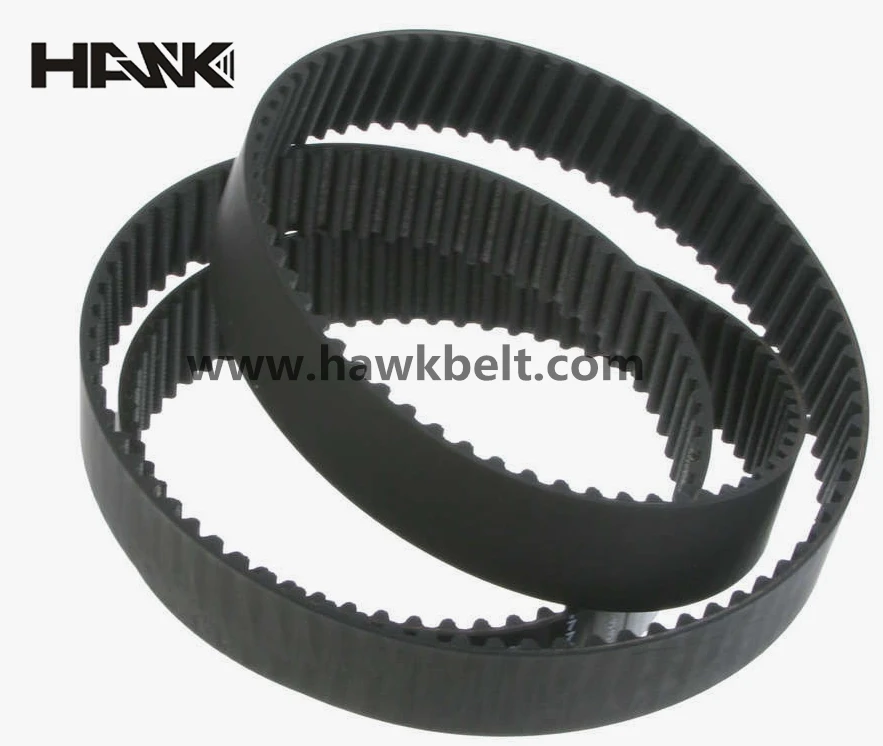- Arabic
- French
- Russian
- Spanish
- Portuguese
- Turkish
- Armenian
- English
- Albanian
- Amharic
- Azerbaijani
- Basque
- Belarusian
- Bengali
- Bosnian
- Bulgarian
- Catalan
- Cebuano
- Corsican
- Croatian
- Czech
- Danish
- Dutch
- Afrikaans
- Esperanto
- Estonian
- Finnish
- Frisian
- Galician
- Georgian
- German
- Greek
- Gujarati
- Haitian Creole
- hausa
- hawaiian
- Hebrew
- Hindi
- Miao
- Hungarian
- Icelandic
- igbo
- Indonesian
- irish
- Italian
- Japanese
- Javanese
- Kannada
- kazakh
- Khmer
- Rwandese
- Korean
- Kurdish
- Kyrgyz
- Lao
- Latin
- Latvian
- Lithuanian
- Luxembourgish
- Macedonian
- Malgashi
- Malay
- Malayalam
- Maltese
- Maori
- Marathi
- Mongolian
- Myanmar
- Nepali
- Norwegian
- Norwegian
- Occitan
- Pashto
- Persian
- Polish
- Punjabi
- Romanian
- Samoan
- Scottish Gaelic
- Serbian
- Sesotho
- Shona
- Sindhi
- Sinhala
- Slovak
- Slovenian
- Somali
- Sundanese
- Swahili
- Swedish
- Tagalog
- Tajik
- Tamil
- Tatar
- Telugu
- Thai
- Turkmen
- Ukrainian
- Urdu
- Uighur
- Uzbek
- Vietnamese
- Welsh
- Bantu
- Yiddish
- Yoruba
- Zulu
Nov . 15, 2024 16:23 Back to list
flat belt transmission
Understanding Flat Belt Transmission Systems
Flat belt transmission systems have long been a fundamental component in the mechanics of machinery. They provide a straightforward, efficient method of transferring power within a range of applications. This article delves into the principles of flat belt transmission, its components, advantages, disadvantages, and diverse applications in various industries.
Principles of Flat Belt Transmission
At its core, a flat belt transmission system consists of a belt that runs along two or more pulleys. The belt is typically made from reinforced rubber or leather, designed to withstand tensile stress while providing flexibility. When one pulley is driven by a motor, the rotational motion is transferred to the belt, which then engages with the other pulleys connected to different machinery. The simplicity of this system has made it a preferred choice for many engineering applications.
The efficiency of a flat belt system largely depends on the frictional force between the belt and the pulleys. The power transmitted is determined by the formula
\[ P = T \times v \]
where \( P \) is the power transmitted, \( T \) is the tension in the belt, and \( v \) is the velocity of the belt. Proper adjustment of belt tension is crucial; excessive tension can lead to increased wear, while insufficient tension can cause slippage, reducing efficiency.
Components of Flat Belt Systems
1. Belt The primary component, usually flat and flexible, made from materials that provide durability and resistance to wear. 2. Pulleys These serve as the driving and driven components that transfer motion. They come in various diameters and materials, affecting the system's performance.
3. Tensioning device This component adjusts the tightness of the belt, ensuring optimal performance and reducing the risk of slippage.
4. Frame This structural component supports the entire system, ensuring stability and alignment.
Advantages of Flat Belt Transmission
Flat belt transmission systems offer several notable advantages
flat belt transmission

2. Simplicity The design and operation of flat belt systems are straightforward, requiring minimal technical expertise for installation and maintenance.
3. Flexibility Flat belts can transmit power across longer distances than many other systems, making them versatile for various applications.
4. Low Noise In comparison to mechanical gears, flat belt systems operate relatively quietly, which is a significant advantage in environments where noise reduction is essential.
5. Reduced Wear and Tear Flat belts can handle imperfections on the pulley surfaces better than rigid systems, leading to less wear over time.
Disadvantages of Flat Belt Transmission
Despite their advantages, flat belt systems do have some drawbacks
1. Slippage One of the most common issues with flat belts is slippage, particularly if they are not sufficiently tensioned. This can lead to inefficiencies and potential damage.
2. Limited Torque Capacity Flat belts are not ideal for high-torque applications, as their capacity to transmit power is limited compared to chains or gears.
3. Wear and Tear While they are generally durable, flat belts can wear out over time, necessitating regular checks and replacements.
Applications of Flat Belt Transmission
Flat belt transmission systems are widely used across various industries. They can be found in automotive applications, conveyor systems, textile manufacturing, agricultural machinery, and home appliances. Their versatility allows them to be employed in processes ranging from transporting materials to driving different types of machinery.
In conclusion, flat belt transmission systems remain a pivotal method of power transmission in many mechanical applications. Their simplicity, cost-effectiveness, and versatility make them an enduring choice, despite some limitations. As technology advances, the materials and designs of flat belts continue to evolve, ensuring their relevance in modern engineering solutions.
-
Durable Tooth Belts: Precision Power for Poly V Belt Drives
NewsAug.08,2025
-
Reliable Diesel Engine Belts & Tensioners for Optimal Performance
NewsAug.07,2025
-
23100-KVB-901 Drive Belt for Honda VARIO | OEM Performance
NewsAug.06,2025
-
Variable Belt Drive AI Optimized for Efficiency
NewsAug.05,2025
-
High-Quality Tensioner Belt Pulley - Durable & Efficient
NewsAug.03,2025
-
Premium Timing Belt Factory | AI-Optimized Solutions
NewsAug.02,2025

